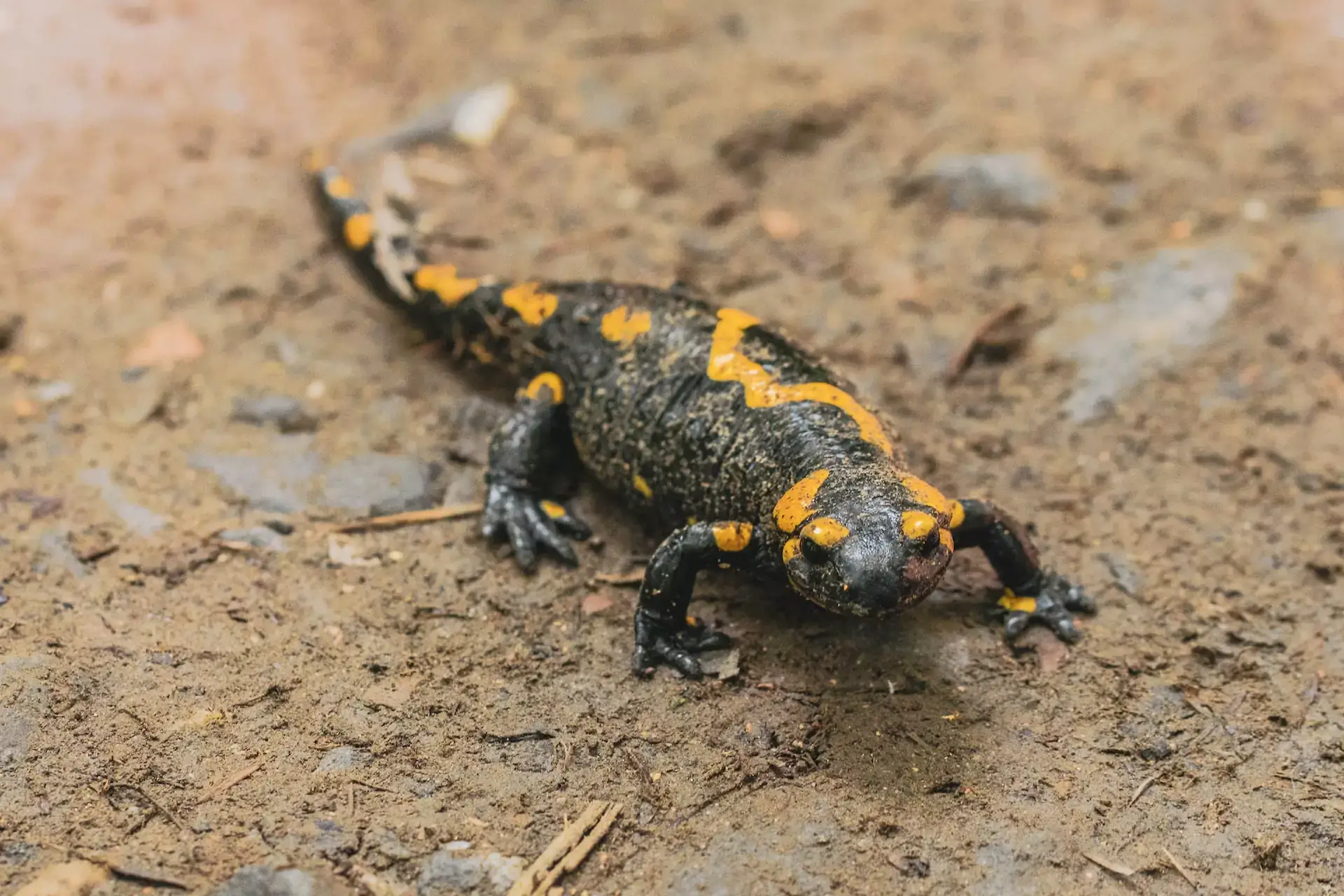Did you know that bearded dragons have become extremely popular in recent years? While reptiles have always had a modest but loyal fan base, they are well behind Fluffy and Fido in popularity. However, one adorable reptile may change that. Beardies can make excellent pets! Continue reading to learn some intriguing facts about them from a local Las Vegas, NV vet.
They’re Australians! (G’Day Mates)
Let’s begin with the basics. The bearded dragon is native to Australia, where it thrives in hot, arid environments such as deserts, forests, savannas, and scrub. They usually grow to be between 18 and 22 inches in length.
Some Dragons Have Two Heads
While it is unusual, there are beardies with two heads. One can be found at the Reptile Zoo in Fountain Valley, California!
They Are Illegal To Keep In Hawaii
Bearded dragons are legal in the continental US, but keeping them is illegal in Hawaii. This is due to the accommodating climate, which may be overly so. Escaped pet dragons can multiply, causing populations to grow locally. This can potentially devastate nearby fauna.
They Live Longer In Captivity Than In The Wild
Wild beardies often live from four to ten years. That’s a relatively respectable life expectancy for a wild lizard; while some larger lizards live longer, many smaller ones only live a few years. However, pet beardies tend to have longer lives than their wild counterparts. A pet beardie’s usual lifespan ranges from 7 to 15 years.
They’re Sociable … For Reptiles
Beardies are quite friendly, which is why they have grown so popular! Unlike other lizards, they are often calm and peaceful. They also have a strong attachment to their people, which is unusual for a reptile. Many people even enjoy cuddling.
There Are Several Kinds
There are eight types of beardies. Pogona vitticeps is the most commonly kept as a pet and the one we’re talking about here. It is also known as the middle or inland bearded dragon.
There are also many morphs. This is when things can get tricky. In addition to the diverse species, there are a variety of mutations known as morphs. The various morphs of Pogona Vitticeps remain the same, although their colors and patterns vary. Some may have unique nail colors, spikes, scales, sizes, and even head shapes. What’s even more interesting is the fact that beardies can exhibit traits of multiple morphs.
They Were Banned
Back in the 1960s, Australia banned the export of beardies. However, breeders have been active in the United States for decades, so there is no immediate need to capture wild ones. This is one advantage of the many morphs: they are not found in the wild. This helps to prevent the capture and trading of wild beardies.
They Do Have Specific Environmental Needs
This one is probably not surprising. Beardies, like other reptiles, are cold-blooded, which means they control their body temperature by traveling from warm to cool environments. They frequently bask in the sun.
They’re poisonous (But Just A Little).
Bearded dragons produce poison. Don’t be concerned if this one caught you off guard. Bearded dragon venom is ineffective against humans. If you get bitten by one, you’ll typically only feel some transient irritation around the bite.
They’ve Broken Records!
In terms of longevity, one exceptional beardie defied all expectations. Sebastian, the charming lizard, survived for nearly 19 years. Sebastian, a reptile citizen of the United Kingdom, has entered the Guinness Book of World Records.
When They Are Stressed, Their Spikes Stiffen
Beardie spikes are usually more about flair than substance. They typically have a soft, almost rubbery texture. However, if the animal is stressed, the spikes will harden.
They Can Actually Taste Odors
Beardies, like snakes, use their tongues to capture fragrance molecules. Their brain perceives the information as fragrance rather than taste.
They Are Omnivorous
Fireflies Poison Them
This is undoubtedly one of the most intriguing facts about beardies. Fireflies’ bodies contain lucibufagins, a steroid that is highly toxic to many reptiles and insects. In fact, consuming even half of a firefly can kill an adult beardie.
Fireflies aren’t their only weakness. Avocado is likewise hazardous to them, but this time it’s because of a molecule called persin. Milk, chocolate, onions, chives, mushrooms, garlic, rhubarb, avocados, and eggplants are all foods that should never be given to a beardie. Beardies dislike acidic fruits including oranges, tomatoes, lemons, limes, and pineapples. Furthermore, you should avoid giving your beardie any insects you catch in the wild because they may contain parasites or sickness.
Keep in mind that a beardie’s diet will change throughout time. Ask your vet for specific advice, and check back regularly.
They Have Interesting Reproductive Habits
When attempting to attract a mate, males frequently put on a show. This is not uncommon in the animal realm; numerous animals engage in this activity.
What isn’t as common? Females appear to be able to retain sperm, allowing them to produce many clutches from a single mating session.
Beardies have huge clutches. They can lay up to thirty eggs at once! They will lay even if the eggs aren’t fertilized.
They’re Speedy
Beardies can move quickly when they wish. These men can sprint as fast as nine miles per hour! That’s quite fast. However, they will be unable to maintain that pace for long.
They Can Also Run Standing Up.
Bearded dragons are not only fast runners, but they are also quite unusual. They can truly run on their hind legs! This helps them stay cool because of the air flow. They also gain a little more speed this way. You are unlikely to see your pet doing this, as it is typically done when they are scared and trying to flee from a predator.
Beardies Have A Distinct Body Language
It’s always fascinating to discover more about our animal companions and how they communicate with one another. Beardies use some amazing nonverbal cues. A threatened beardie may raise its chin, swell its beard, or open its lips. They may also hiss. Head bobs could convey intent or attitude. A slow bob may imply that a dragon is placid, but a fast one may show anger or dominance.
Their Beards Change Color
You may have heard that turkeys’ wattles change color based on their emotions. beardies do this as well!
They Need Proper Care
We’ve focused on entertaining facts in this article, but if you’re thinking of adopting a beardie, you should also know about the not-so-fun facts, such as signs of sickness, frequent illnesses and diseases, and general do’s and don’ts of beardie care. Remember that we are here to help! For further information, please contact your local Las Vegas, NV animal clinic.
Make An Appointment At Our Las Vegas, NV Pet Clinic
Do you have any questions about caring for bearded dragons? Are you looking for a great vet who specializes in reptile care? Contact your Las Vegas, NV pet hospital at any moment!






!Social Media Icons